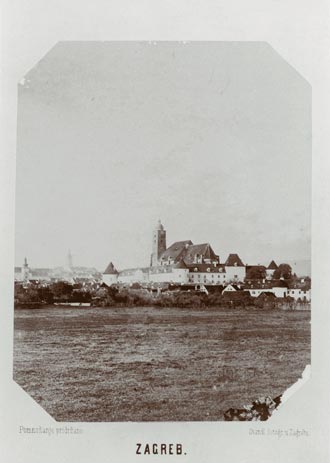Permanent Display 33. From the Photographic Studio
 The invention of the daguerretype ushered a veritable revolution in visual arts. Zagreb adopted the technique as soon as it was made public - in 1839, and information on the first daguerreotypist in Zagreb was published only a year later.
The invention of the daguerretype ushered a veritable revolution in visual arts. Zagreb adopted the technique as soon as it was made public - in 1839, and information on the first daguerreotypist in Zagreb was published only a year later.
The first professional photographer appeared in Zagreb in 1856: he was Franjo Pommer, a Danish immigrant. He was followed by many outstanding photographers and studios. The best of these early photographers were Franjo Pommer, Julije Hühn and Ivan Standl. Thanks to their work, Zagreb could see its face in the mirror of photographic art soon after it was invented. Their earliest photographs of Zagreb and its inhabitants are the first pictorial documents that show us how the town lived and what it looked like at that time. Their photographs laid the foundations on which photographic art was to develop until the end of the century, when the first amateur photographers appeared on the scene.
Zdenko Kuzmić

